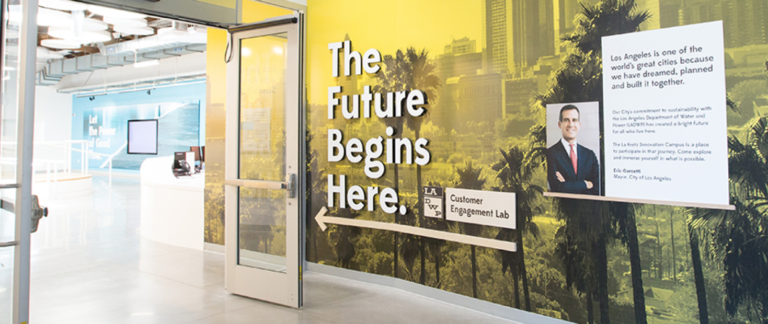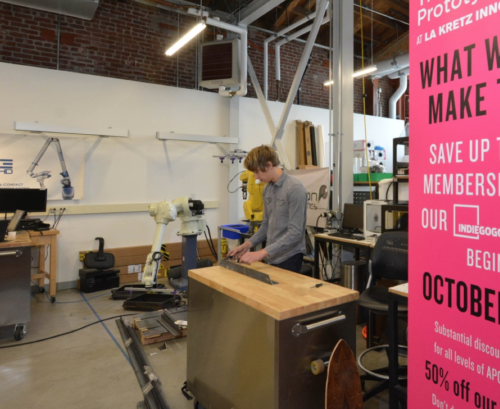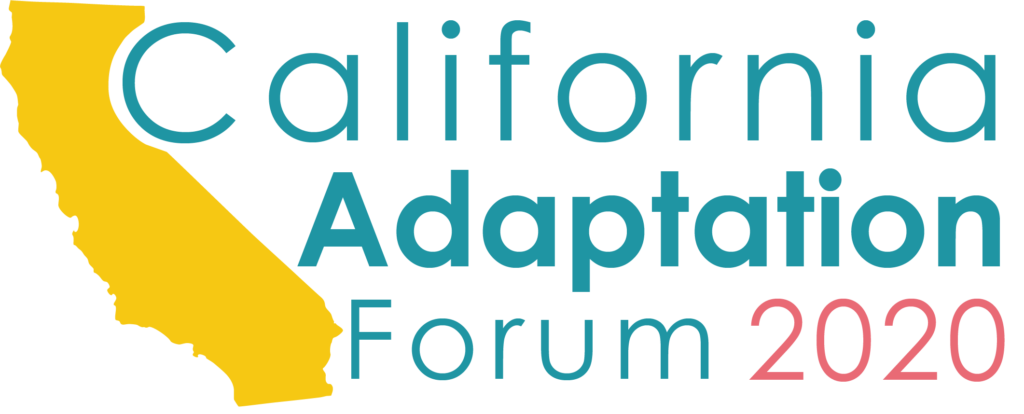Clean technologies and product redesigns can prepare our communities and cities to be more resilient and protect against the impacts of climate change. Whether it’s more complex and high-tech solutions, such as the development of microgrids and battery storage systems for storms, or seemingly simple solutions such as using lighter color material to reduce the impact of heat island effect, the development of cleantech products can help us in many ways. The main question is how can we help develop these new technologies? What are some of the main strategies to spur entrepreneurs, researchers and technology industries to focus on these solutions?
In Los Angeles these questions are currently being addressed, and provide an excellent case study to examine the factors that help expand the development of cleantech industries. Three factors in particular help increase and promote the success of clean technology as we will examine below.
Capital to survive the Valley of Death
Initial investment and capital is the obvious and most important requirement for the success of any startup. Companies need cash to pay employees, test technologies and build prototypes – this is crucial. What makes this particularly pernicious for those in the cleantech field is that technology development, product design can take significant time and resources than most traditional entrepreneurial ventures. Due to complex technology and science of cleantech products, market development and deployment can take months if not years and involve major investments.
The “valley of death” is often used to describe this period where new companies have difficulty covering the early negative cash flow before their product can bring revenue. To survive this so-called desert, companies need capital to help them bridge this gap – whether it’s from loans, bonds, government research grants, and/or venture capital funds, a wide variety of financial structures and mechanisms are needed to help companies to succeed and bridge this gap before profitability. Without upfront investments, cleantech startups will not have the ability to grow and strengthen their products.
Entrepreneur and Cleantech Ecosystems
For new cleantech industries to thrive, they also need a strong support network where companies have easy access to the tools needed to succeed. Business Incubators and/or Business accelerators can offer such networks that can help young cleantech companies excel. Incubators not only can assist startups develop business acumen but also can assist setting up companies with angel investors and other critical funding opportunities. However, it’s also important to have a network and ecosystem that can extend beyond an incubator.
An example of such environment is in Los Angeles and called the La Kretz Innovation Campus.

The campus is managed by the Los Angeles Cleantech Incubator and owned by the Los Angeles Department of Water and Power. The facility is a place where entrepreneurs, engineers, scientists and policymakers can collaborate, promote and support the development of clean technologies in one central location.

It’s important to note that this campus is more than just an incubator: it was designed to foster creativity and collaboration, and includes resources to accelerate the adoption and growth of Los Angeles green technology sector. Located in the Arts District of Downtown Los Angeles, the Campus features a customer engagement center where Angelenos can learn about the latest cleantech products to incorporate in their businesses and home, open space offices for cleantech companies and prototypes lab that features 3D printers, CNC machines and other prototype equipment that is normally out of the price point for startup companies to purchase. The entire center is dedicated to promoting and developing clean technologies and showcases the latest cutting-edge equipment that promote sustainable products.
While these types of incubators and centers are important to help promote an innovation network, they are not the only way to foster a cleantech ecosystem. Colleges and Universities can also develop startups and foster innovation. Many Universities, such as the Cal State Northridge’s Innovation Incubator also house programs that provide the creativity, access to technology, and business skills to help startups to succeed.
Demonstration Projects
Successful long term strategies to adapt to climate change will require significant scalability and large scale implementation. However, before such large strategies and infrastructure can be implemented, smaller demonstration projects can assist to test and study innovative products and projects. Moreover, these smaller scale demonstration projects provide an excellent opportunity for cleantech companies to leverage for marketing of their projects.
As an example, in 2017 the Department of Street Services in Los Angeles began a cool pavement program with Guardtop LLC. The first test of this product was done at a parking lot in the San Fernando Valley that has an average surface temperature of 160 degrees in summer. After the light-colored pavement seal was applied and monitored, the company noted that surface temperatures dropped to between 135 to 140 degrees. After testing the durability of the product, the City is now beginning to implement this type of cool pavement on to more City streets.1 These types of tests are important for any cleantech company to demonstrate the success of their products. Moreover, these demonstration projects can also provide valuable insight for startups to improve their project.
Nevertheless, for such demonstration projects to work significant partnerships between the public sector, potential customers and cleantech companies need to exist. And this is perhaps the binding thread through all three strategies: for cleantech companies to survive the valley of death, successfully develop in an ecosystem and prove functional in demonstration projects, a partnership is required be fostered between public, private and non-profit organizations.
As we continue to research, and learn about how to successfully grow and expand cleantech solutions for climate adaptation a variety of strategies and support are required. The above three factors and work in Los Angeles are a beginning but additional research on this topic will provide more succinct tools to assist companies develop tangible results for climate adaptation.
 |
Steve Baule is the Director of Sustainable Projects at the Los Angeles Department of Water and Power (LADWP). Currently he manages LADWP’s La Kretz Innovation Campus that promotes innovation in cleantech, energy efficiency and water conservation policies and programs in the City of Los Angeles. Steve is also currently on the steering committee for the Los Angeles Regional Collaborative for Climate Action and Sustainability (LARC). |

